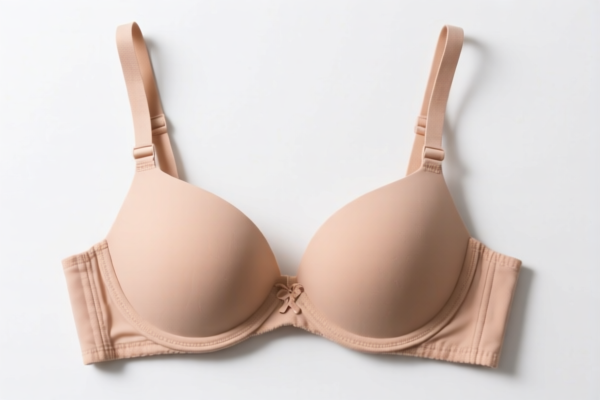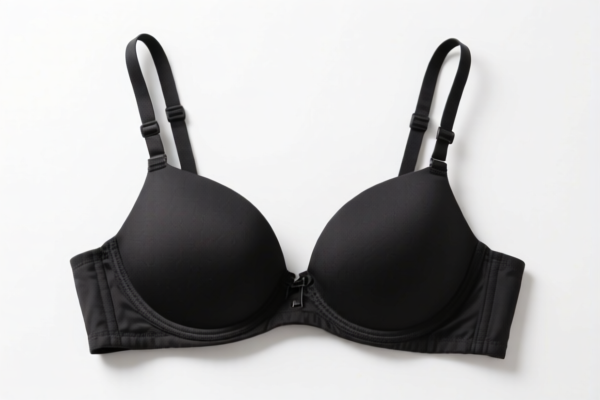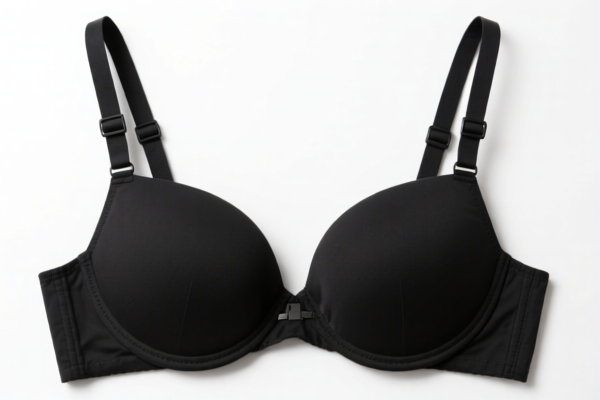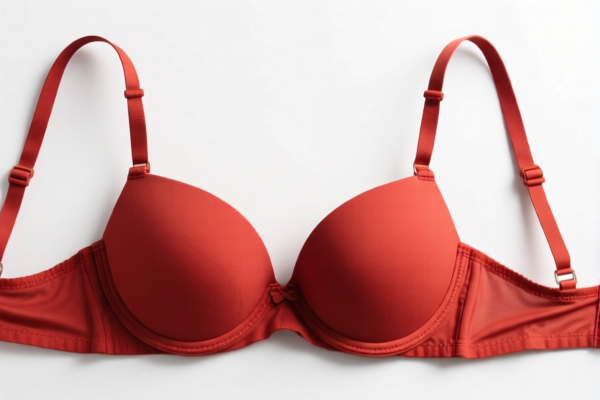| HS Code | Official Doc | Tariff Rate | Origin | Destination | Effective Date |
|---|---|---|---|---|---|
| 6117909003 | Doc | 52.1% | CN | US | 2025-05-12 |
| 6117909080 | Doc | 52.1% | CN | US | 2025-05-12 |
| 6114909070 | Doc | 35.6% | CN | US | 2025-05-12 |
| 6114909045 | Doc | 35.6% | CN | US | 2025-05-12 |
| 6307908910 | Doc | 37.0% | CN | US | 2025-05-12 |
| 6307908910 | Doc | 37.0% | CN | US | 2025-05-12 |
| 6304996020 | Doc | 33.2% | CN | US | 2025-05-12 |
| 6304996040 | Doc | 33.2% | CN | US | 2025-05-12 |
| 3926209050 | Doc | 60.0% | CN | US | 2025-05-12 |
| 3926909905 | Doc | 42.8% | CN | US | 2025-05-12 |
| 3916903000 | Doc | 61.5% | CN | US | 2025-05-12 |
| 3916905000 | Doc | 60.8% | CN | US | 2025-05-12 |




Bra Strap
A bra strap is a component of a bra, responsible for providing support and securing the bra to the body. It typically runs from the back of the bra, over the shoulders, and connects to the front of the bra.
Material
Bra straps are commonly constructed from a variety of materials, chosen for their elasticity, strength, and comfort. Common materials include:
- Elastic: Provides stretch and recovery, crucial for accommodating movement and maintaining a secure fit. Often blended with other fibers.
- Nylon: A durable synthetic fiber offering good stretch and resistance to wear.
- Polyester: Another synthetic fiber, known for its strength and resistance to stretching or shrinking.
- Spandex (Lycra/Elastane): Provides significant stretch and recovery, often blended with other materials to enhance elasticity.
- Cotton: Used for softer, more breathable straps, often in conjunction with other materials.
- Satin/Silk: Used for decorative straps, offering a smooth, luxurious feel.
- Lace: Used for decorative straps, often with a backing for support.
Purpose & Function
The primary functions of bra straps are:
- Support: Contribute significantly to the overall support of the bra, lifting and holding the breasts.
- Secure Fit: Help to keep the bra in place, preventing it from slipping or riding up.
- Weight Distribution: Distribute the weight of the breasts, reducing strain on the back and shoulders.
- Adjustability: Allow for a customized fit, accommodating different body shapes and sizes.
Usage Scenarios
Bra straps are integral to wearing any bra, and are used in a wide range of scenarios:
- Everyday Wear: Used in everyday bras for comfort and support.
- Sports Bras: Wider, more supportive straps are used in sports bras to minimize movement during physical activity.
- Formal Wear: Decorative or convertible straps are used in bras designed for formal occasions.
- Post-Surgical Bras: Wider, non-stretch straps provide additional support and comfort after breast surgery.
Common Types
Bra straps vary in style and design:
- Standard Straps: The most common type, typically adjustable and made from elastic or nylon.
- Wide Straps: Offer more support and are often used in sports bras or for larger bust sizes.
- Thin Straps (Spaghetti Straps): Decorative and often used with strapless or low-back bras. Provide minimal support.
- Convertible Straps: Can be worn in multiple configurations (e.g., straight, racerback, halter) to accommodate different clothing styles.
- Racerback Straps: Come together in the back, providing additional support and a sporty look.
- Front-Adjustable Straps: Adjusted at the front of the bra for ease of use.
- Non-Adjustable Straps: Fixed length, often found in simpler bra designs.
- Clear/Invisible Straps: Made from transparent material, designed to be discreet with off-the-shoulder or backless clothing.
Based on the provided information, bra straps can potentially fall under several HS code classifications, depending on their material and specific construction. Here's a breakdown of relevant HS codes:
-
6117.90.90.03: This HS code covers “Other made up clothing accessories, knitted or crocheted; knitted or crocheted parts of garments or of clothing accessories: Parts: Other Of sweaters: Of cotton (345)”. This applies if the bra strap is knitted or crocheted and made of cotton. The total tax rate is 52.1%, comprising a 14.6% base tariff, a 7.5% additional tariff, and a 30.0% additional tariff effective April 2, 2025.
-
6117.90.90.80: This HS code covers “Other made up clothing accessories, knitted or crocheted; knitted or crocheted parts of garments or of clothing accessories: Parts: Other Other: Of cotton (359)”. This applies if the bra strap is knitted or crocheted and made of cotton, but is categorized as 'Other'. The total tax rate is 52.1%, comprising a 14.6% base tariff, a 7.5% additional tariff, and a 30.0% additional tariff effective April 2, 2025.
-
3926.20.90.50: This HS code covers “Other articles of plastics and articles of other materials of headings 3901 to 3914: Articles of apparel and clothing accessories (including gloves, mittens and mitts): Other: Other Other”. This applies if the bra strap is made of plastic or other materials within headings 3901 to 3914. The total tax rate is 60.0%, comprising a 5.0% base tariff and a 25.0% additional tariff, with a 30.0% additional tariff effective April 2, 2025.
-
3926.90.99.05: This HS code covers “Other articles of plastics and articles of other materials of headings 3901 to 3914: Other: Other Elastic bands made wholly of plastics”. If the bra strap is an elastic band made entirely of plastic, this HS code applies. The total tax rate is 42.8%, comprising a 5.3% base tariff and a 7.5% additional tariff, with a 30.0% additional tariff effective April 2, 2025.
According to the provided reference material, the HS code options related to 'bra strap' are limited, with only the following 4 found.
It is important to verify the exact material composition of the bra strap to determine the correct HS code. If the strap contains elastic, HS code 3926.90.99.05 may be applicable. If it is knitted or crocheted, HS codes 6117.90.90.03 or 6117.90.90.80 should be considered, depending on its categorization.
Customer Reviews
No reviews yet.